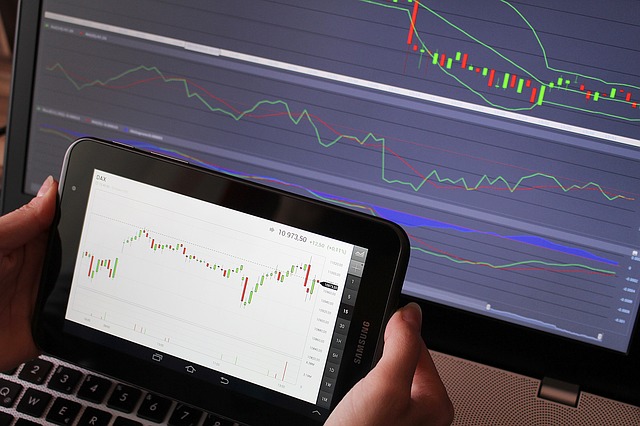The Forex market (foreign exchange or simply FX to some) is the most actively traded market in the world, experiencing several trillion dollars in turnover daily. In comparison, the stock market in the United States sees just over $225 billion in trades daily, only a small amount in comparison to the Forex marketplace. Forex can be traded 24-hours a day during the business week (Monday to Friday), by banks, financial institutions, and individual traders. Currencies are traded over the counter (OTC), with no centralized marketplace in place. Instead, trades takes place in global markets in accordance with the trading hours of those markets.
How Forex Trading Works
To trade Forex, one currency is purchased while another is sold at the same time. Traders attempt to turn a profit through buying and selling based upon the predicted movement of future currency values. It is quite easy to see why the FX market is the most actively traded on a global scale. There are no hidden fees, no commissions, and typically, a fixed cost for each trade opened and closed. Unlike various other financial markets, short-selling is not restricted and there are usually no added costs for doing so. Forex traders are provided with the ability to generate profits on both price increases and decreases. Leverage comes into play, which allows traders to enter the market with just a small amount of the capital that would typically be required. Note that leverage can boost gains, but can also lead to increased losses, which is why FX traders must be clear on what trading on a margin means. On the whole, Forex traders are given exposure to markets around the globe, providing virtually unlimited daily trade opportunities. In addition to trading with major currencies, traders can now also trade with those from emerging markets.
Fundamental Analysis
Fundamental forex trading is the interpretation of various country-specific statistical reports and economic indicators. This includes reports on changes in interest rates, employment, inflation, and more. It is vitally important that Forex traders pay attention to this type of information, as it can directly impact the value of a currency. These reports can be used to predict future currency movement, which can of course lead to profit. Due to the importance of these indicators, traders will want to know about their release in advance. As such, most Forex brokers provide an economic calendar that highlights the dates and times of report releases.
Technical Analysis
Technical analysis is the process of tracking prices and trade volumes in an effort to identity trends. Graphs and charts are often used to plot this type of information, with the trader going over the chart to look for patterns that might highlight excellent opportunities for buying or selling. Technical analysis is based upon the belief that currency prices change along with the natural actions on behalf of market participants (buyers and sellers). History has a tendency to repeat itself and therefore price movements tend to follow patterns. Technical analysis can be complex, but its root will always be centered around price trends.
Professional Accounts
Another popular solution for new traders in the market is to make use of forex managed accounts. These are trading accounts that are run by professional traders who have years of trading experience. Forex MAs can trade your forex account for you and provide you with the advice and guidance that could eventually help you when you start to trade on for yourself.
Conclusion
Forex trading, the same as any other skill is best learned through experience. However, articles such as this one will provide a solid foundation for those who (wisely) wish to limit their financial risk when getting started in the FX market. The best approach involves being realistic and never risking more than one can afford to lose. Follow the basic rules while learning to trade Forex and the endeavor is sure to be a successful one.









